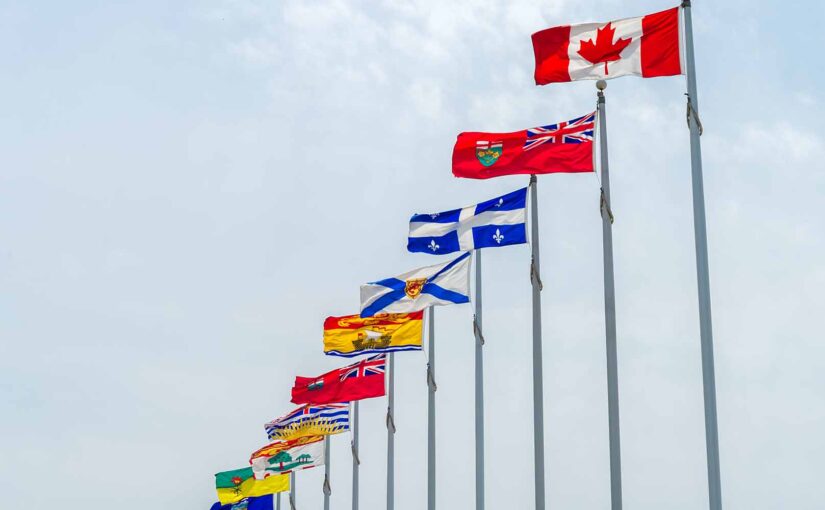Search this article on Google: Success Story: Triumph with New Brunswick Provincial Nominee Program in Canadian Immigration Law
Triumph with New Brunswick Provincial Nominee Program: A Success Story in Canadian Immigration Law
At LexLords Canada Immigration Lawyers, we believe in the potential of every case and tirelessly strive for success. This article highlights our journey in resolving a complex legal issue concerning the New Brunswick Provincial Nominee Program (NBPNP) for our client. In doing so, we navigated this case through the labyrinth of Canadian Immigration Law, armed with relevant laws and case laws.
Background of the Case
- Our client was an individual who had applied to immigrate to Canada under the New Brunswick Provincial Nominee Program (NBPNP).
- The client’s application was rejected by the New Brunswick immigration authorities on the grounds of insufficient evidence of ties to the province.
The Legal Strategy
The first step was to delve into the specifics of the NBPNP as outlined in the Immigration and Refugee Protection Act (IRPA). We thoroughly reviewed the case and devised a strong legal strategy.
- Evaluating the Reasons for Rejection:
- We meticulously studied the reasons given by the immigration authorities for the rejection.
- After careful consideration, we identified some irregularities, including inconsistency in applying the NBPNP evaluation criteria.
- Building a Robust Appeal:
- We gathered compelling evidence to demonstrate our client’s ties to New Brunswick.
- We found precedents from Canadian case law where similar grounds for rejection had been challenged successfully. Notably, we referenced the Federal Court’s ruling in Khosa v. Canada (Citizenship and Immigration), which stated that immigration authorities must apply their criteria consistently and fairly.
- Presentation before the Immigration Authorities:
- We presented this evidence, along with the legal arguments, to the New Brunswick immigration authorities.
- We emphasized on the principles of fairness and consistency in the application of immigration criteria as established by the Khosa decision.
The Outcome
In response to our robust appeal, the immigration authorities reconsidered their initial decision. They acknowledged the inconsistencies in their evaluation process and agreed that our client met the necessary criteria for the NBPNP. Eventually, our client’s application was accepted, allowing them to immigrate to Canada under the Provincial Nominee Program. This marked a significant victory in administering justice and fairness within Canadian Immigration Law.
This case reinforces our commitment at LexLords to relentlessly fight for our clients’ rights and navigate the intricacies of immigration law ensuring maximum success.









